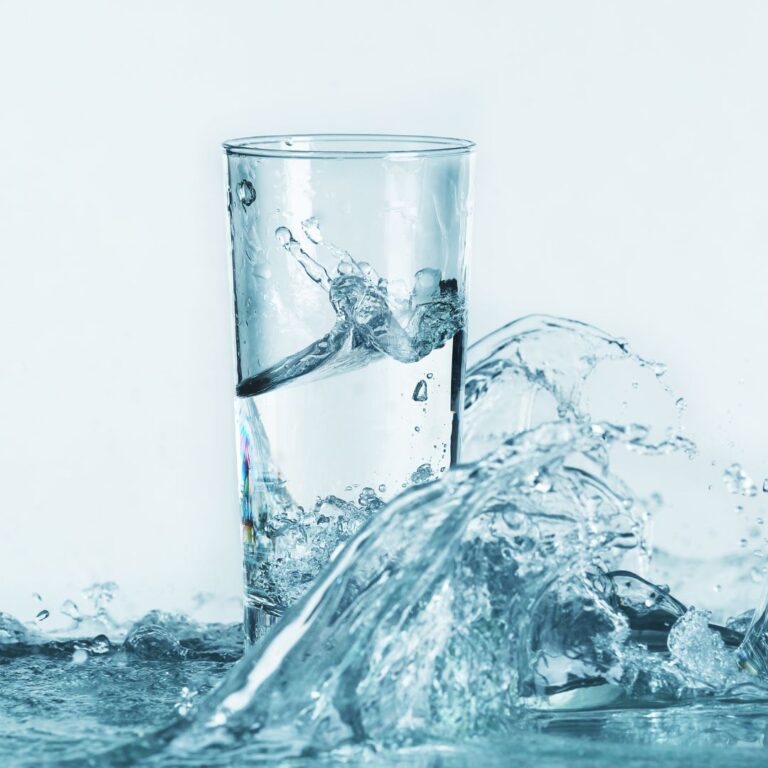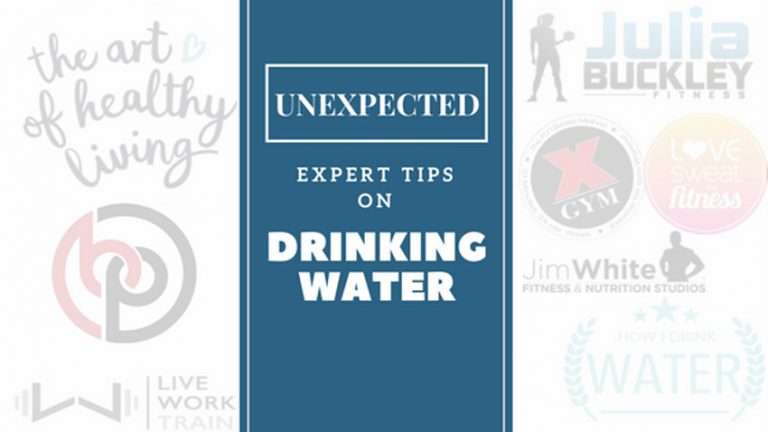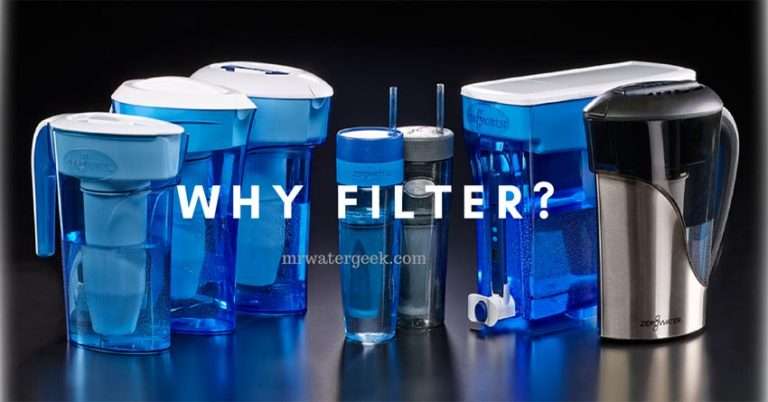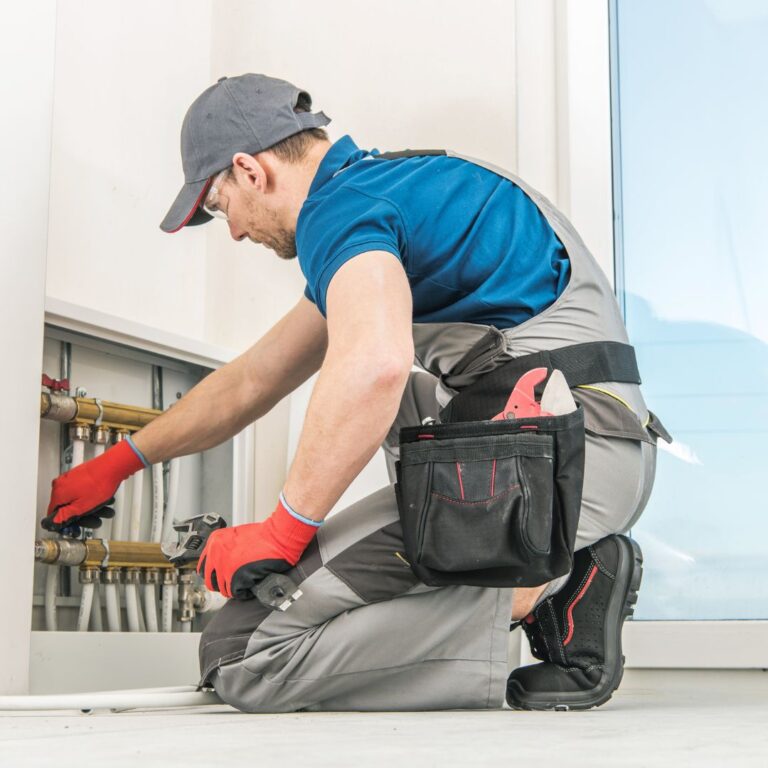Here are 13 INGENIOUS Ways To Save Water In Your Home Today
You need to find ways to save water in your home as this has become a necessary habit in all places, even in locales where water seems plentiful. Not only will it help you save money on your utility bills, but conserving water also aids in preventing water shortage and water pollution in neighbouring lakes or rivers.
Water conservation efforts can also prolong the longevity of your septic system by decreasing soil congestion and diminishing any pollution as a result of leaks. Burdening sewer systems can additionally produce untreated sewage which then flows into lakes and rivers; the less water that flows through these systems, the lower the probability of pollution.
In fact, in some communities, expensive sewage system expansion plans have been dodged by community wide household water conservationists.
Here Are 13 Ways To Save Water In Your Home.
1. Use a bucket in your shower
While most people permit the water in their shower to flow down the drain while they patiently wait for it to warm up to their preferred temperature, you aren’t going to be like them! Instead, place a bucket under the faucet to accumulate the cold water that precedes the hot. 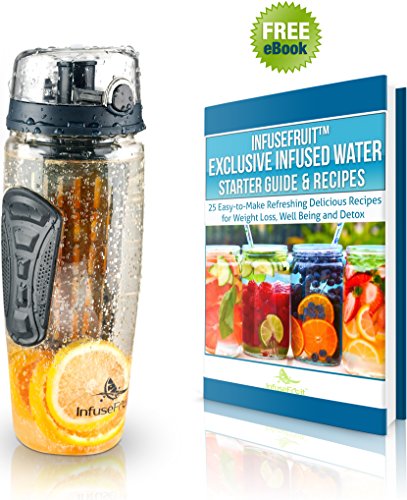
Remember that is valuable water! Depending on how promptly your shower water warms up, the collected water can be reused for flushing your toilet or watering your plants.
2. Welcome the bucket flush
It may take a bit of an effort, but it can go a long way in reducing your water use. Take a gallon of water (preferably the collected water from Tip #1), empty it into your toilet in one go, and watch your toilet flush itself!
3. Turn off the tap!
Shockingly, water flows out of the average faucet at 2.5 gallons per minute, an amount that guarantees you should be turning it off whenever you do not need the water.
For example, when you are brushing your teeth, after you wet your brush, turn off the faucet. And don’t switch it back on until it’s time to rinse. Get into the habit, and you will no longer feel comfortable letting all that water go to waste while you brush.
Similarly, when you are washing your hands, conserve a few more gallons of water by closing the tap after first wetting your hands. Open it only when you require more water to rinse again.
4. Rethink the way you do your dishes
These days, most modern dishwashers do not necessitate the pre-rinsing of dishes – instead, a good scrape should be enough. Keep in mind that incorrectly loading your dishwasher can mean that your dishes come out still dirty and then require extra water for additional washing.
5. Repair leaks ASAP
Whether you opt to do it DIY or better yet, hire a professional, fixing leaky faucets will lead to massive water savings. Consider this: a running toilet can squander up to 200 gallons of water each day, and a faucet can leak 3,000 gallons in a year, at one drip per second. 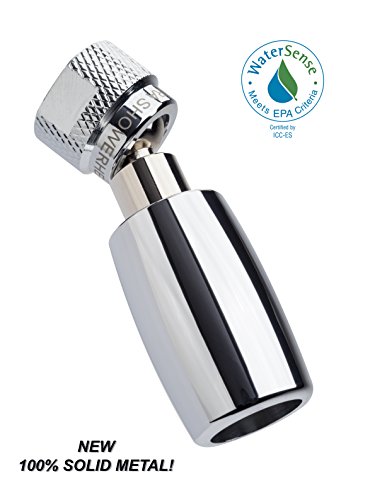
If you have either of these issues in your home, call the plumber ASAP.
6. Reuse your cooking water
If you are cooking pasta or something of the same ilk, instead of mindlessly dumping the water down the drain, you should decide to drain your pasta water into a large pot. After it cools, you can then reuse it to water your plants.
But do make sure you wait until it cools down so that you don’t harm your green friends with boiling water.
7. Occasionally head to (a sustainable) car wash
When you really feel coerced to wash your car (don’t make it a regular occurrence), drive it to a car wash that reuses their water instead of doing it yourself and washing it at home with a hose.
8. Don’t feed your garbage disposal — compost if you can
While they are a convenient part of modern day living, in-sink garbage disposal systems actually necessitate a significant amount of water to be able to operate (additionally, they also send solids to a septic tank which adds to other problems). 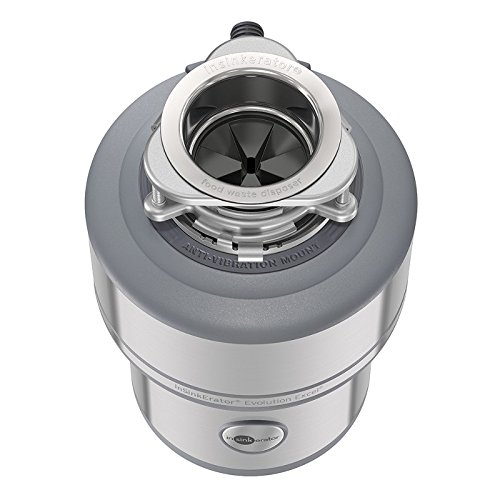
Instead of taking the easy way out, expend a little more energy and manage your food scraps or send them to your compost bin.
9. Rinse your produce in a tub
A simple way to save a lot of water at home is to rinse your produce in a tub. To do this, fill a basin or large pot with water and place it in your sink, then you can wash all of your produce in it in one go.
Next, just put your fruits or vegetables in a colander to empty over the basin. You can then reuse the water to flush the toilet or to water your plants.
10. Cut your baths and showers short
Now it isn’t necessary to never again bathe, but it is crucial to recognize the amount of water that is used each time you step into a bath or a shower. 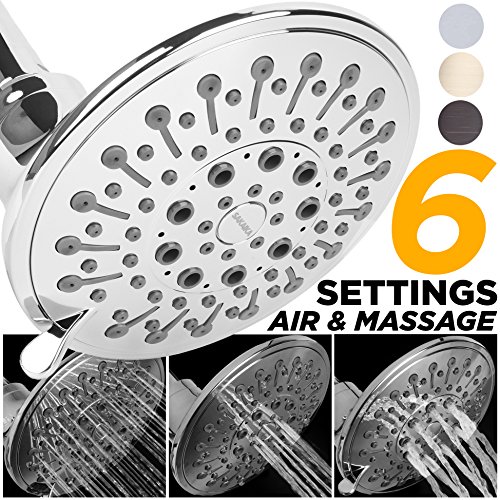 A single bath uses up to 70 gallons of water, while a five-minute shower uses 10 to 25 gallons.
A single bath uses up to 70 gallons of water, while a five-minute shower uses 10 to 25 gallons.
In fact, older shower heads can use up to as much as five gallons of water per minute. Whatever you do, speed things up in the shower for some significant water savings.
That said, if every once in a while you do want to pamper yourself with a bath (we all occasionally do!), don’t drain your tub after you are finished and utilize that water for flushing your toilet and watering your plants.
Don’t be overly indulgent with your bath time (or with anything when it comes to water); but if you do take one, don’t let that precious water go to waste.
11. Employ efficient fixtures
The current market has plenty of efficient fixtures for you to fill your home with. For example, you can install efficient shower heads, low-flow toilets and WaterSense-rated dishwasher and washing machines (to name a few), and these choices will add up to meaningful water savings.
12. Steer clear of the permanent press cycle
Did you know that pressing the permanent press cycle option on your washing machine employs an additional five gallons of water? No? Well, now you do!
13. Downsize your lawn
A significant tactic for reducing your water usage, you can opt to downsize your lawn or lose it altogether. Instead, look into putting together a xeriscaped garden that incorporates water-wise ground cover, some succulents and other native plants that are drought-tolerant.
Saving water matters because it reduces energy use, saves you money, and protects the environment. This article highlights some of the ways to save water in your home. A win-win-win all around!


